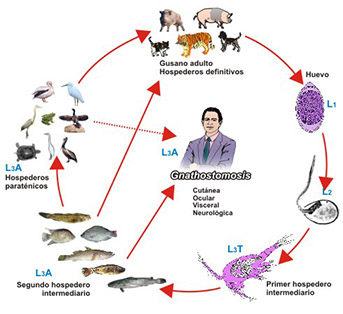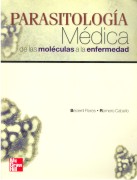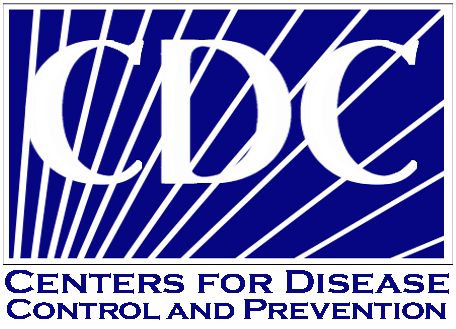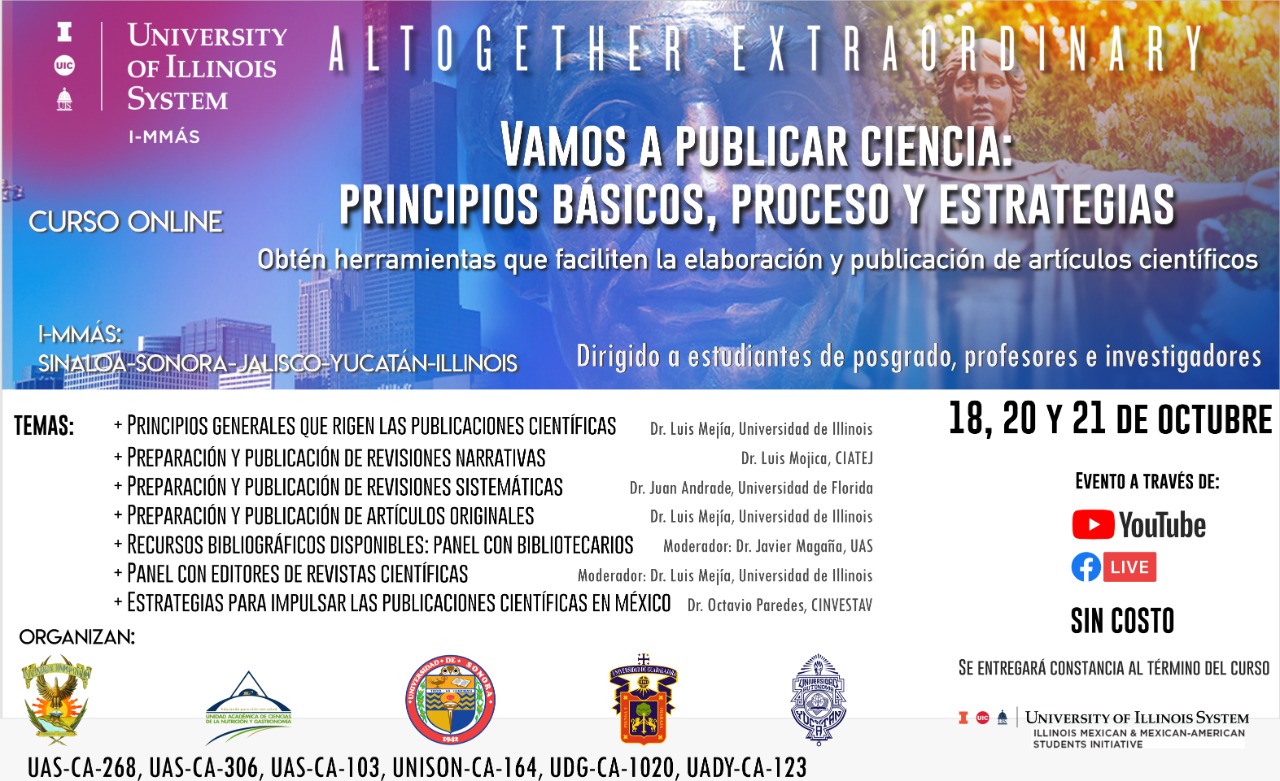- Misión
- Equipo de Trabajo
- Servicios
- Galería
-

Libro Tópicos.
Ciclo Biológico de Gnathostoma
El ciclo biológico se completa en casi 100 días, cuando los segundos huéspedes intermediarios o paraténicos son ingeridos por los huéspedes definitivos, donde la larva L3A se transforma en parásito adulto (Fig. 31-2).
 Fig. 31-2.- Ciclo Biológico de Gnathostoma |
 PUBLICADO |
In the natural definitive host (pigs, cats, dogs, wild animals) the adult worms reside in a tumor which they induce in the gastric wall. They deposit eggs that are unembryonated when passed in the feces
- Eggs become embryonated in water, and eggs release first-stage larvae.
- If ingested by a small crustacean (Cyclops, first intermediate host), the first-stage larvae develop into second-stage larvae.
- Following ingestion of the Cyclops by a fish, frog, or snake (second intermediate host), the second-stage larvae migrate into the flesh and develop into third-stage larvae.
- When the second intermediate host is ingested by a definitive host, the third-stage larvae develop into adult parasites in the stomach wall.
- Alternatively, the second intermediate host may be ingested by the paratenic host (animals such as birds, snakes, and frogs) in which the third-stage larvae do not develop further but remain infective to the next predator.
- Humans become infected by eating undercooked fish or poultry containing third-stage larvae, or reportedly by drinking water containing infective second-stage larvae in Cyclops.
Life cycle of Gnathostoma:
Adapted from a drawing provided by
Dra. Sylvia Páz Díaz Camacho, Universidad Autónoma de Sinaloa, Mexico.


